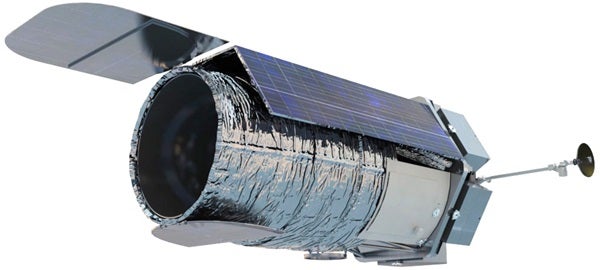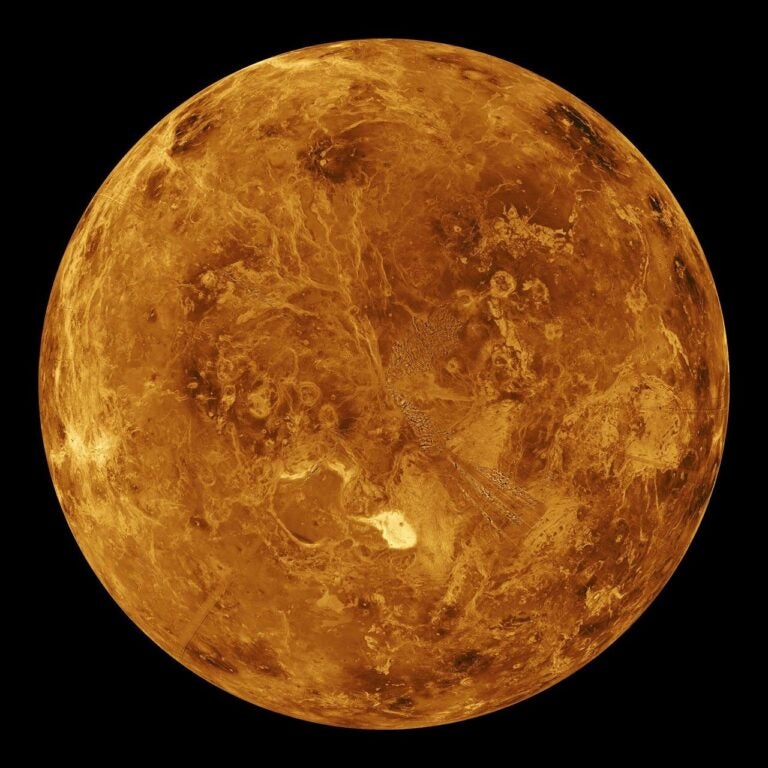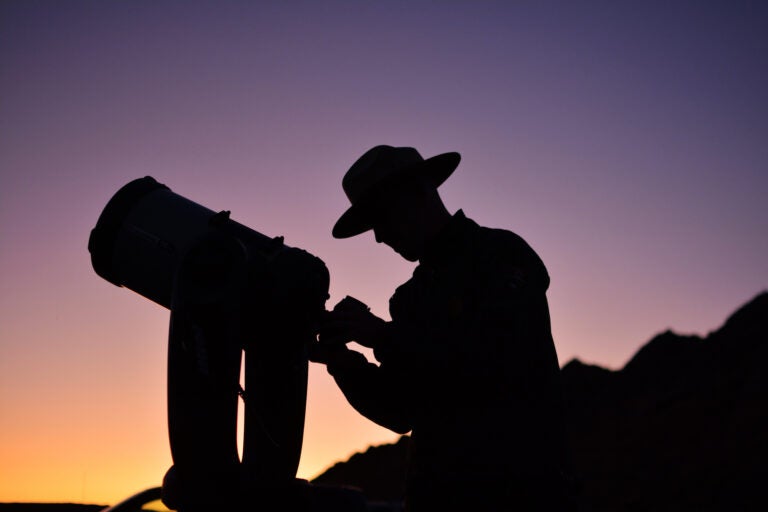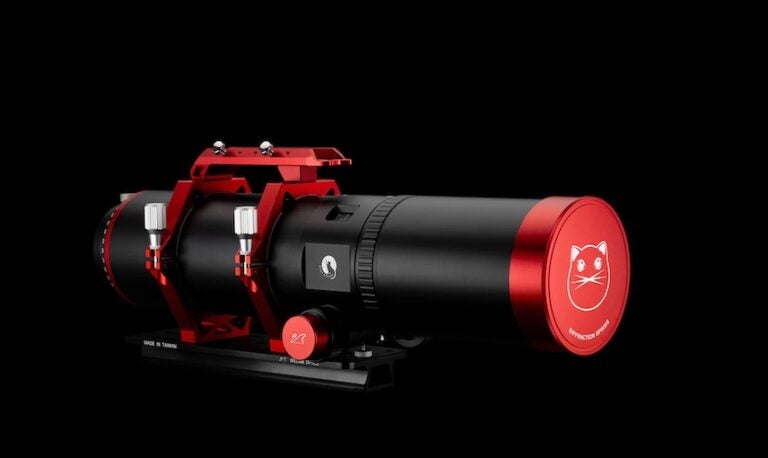NASA originally conceived WFIRST with a telescope mirror 1.5 meters across or smaller. But in 2012, the National Reconnaissance Office donated to NASA a pair of optical telescope assemblies with 2.4-meter mirrors, the same size as the one aboard the Hubble Space Telescope. In 2013, NASA requested further study of the WFIRST mission under the assumption that it would use one of these hand-me-down Hubbles. This version is now called WFIRST-AFTA, for Astrophysics Focused Telescope Assets.
The upgrade to a 2.4-meter telescope means that the mission will combine outstanding angular resolution with a wide field of view, far exceeding what’s possible with either Hubble or the largest ground-based optical telescopes. This will permit surveys of unprecedented sensitivity and accuracy.
“Broadly, we would like to measure the properties of the universe in two different ways,” says Princeton University physicist David Spergel, who co-chaired the WFIRST-AFTA Science Definition Team. “One is measuring the relationship between distance and time with respect to redshift, and the other is measuring how density fluctuations helped [build] structure in the universe as a function of time.” The mission is designed to conduct observations using a variety of techniques, including a repeated supernova survey and weak gravitational lensing.
“The key idea in general relativity is that matter tells space how to curve and the curvature of space tells matter and light how to move,” Spergel explains. As we look at a distant galaxy, its light must pass through space-distorting matter along the line of sight. The galaxy images become warped into elliptical or crescent shapes as a result of this weak gravitational lensing. By measuring this effect, astronomers can look at how matter is distributed along the line of sight. “What we’ll do with WFIRST is make very accurate measurements of gravitational lensing across large areas of sky, and this will map out the large-scale distribution of matter in our universe and show us how the distribution of matter evolved with time,” Spergel says. Measuring cosmic lumpiness and how that lumpiness grows also will tell astronomers about the nature of dark energy.
The combined power of the science probes planned for WFIRST will give scientists their best understanding of dark energy in the current universe and how it evolved with time as the universe expanded.
WFIRST-AFTA complements the James Webb Space Telescope (JWST), which NASA expects to launch in 2018. Both missions achieve a hundred-fold improvement over the current capabilities of Hubble. ”One way to think of it is that WFIRST-AFTA’s view of the cosmos is wide and shallow, while JWST’s is narrow and deep,” says Neil Gehrels, an astrophysicist at NASA’s Goddard Space Flight Center in Greenbelt, Maryland, and co-chair of the mission’s Science Definition Team. “The wide-field survey performed by WFIRST-AFTA will cover 200 times the sky area of the Hubble Ultra-Deep Field. And JWST will take images and spectra 100 times more sensitive than Hubble.”
The Hubble Ultra-Deep Field is a picture that contained about 5,000 faint, distant galaxies and pushed the study of galaxy evolution to new limits. Each deep-field image by WFIRST-AFTA will contain millions of such galaxies.










